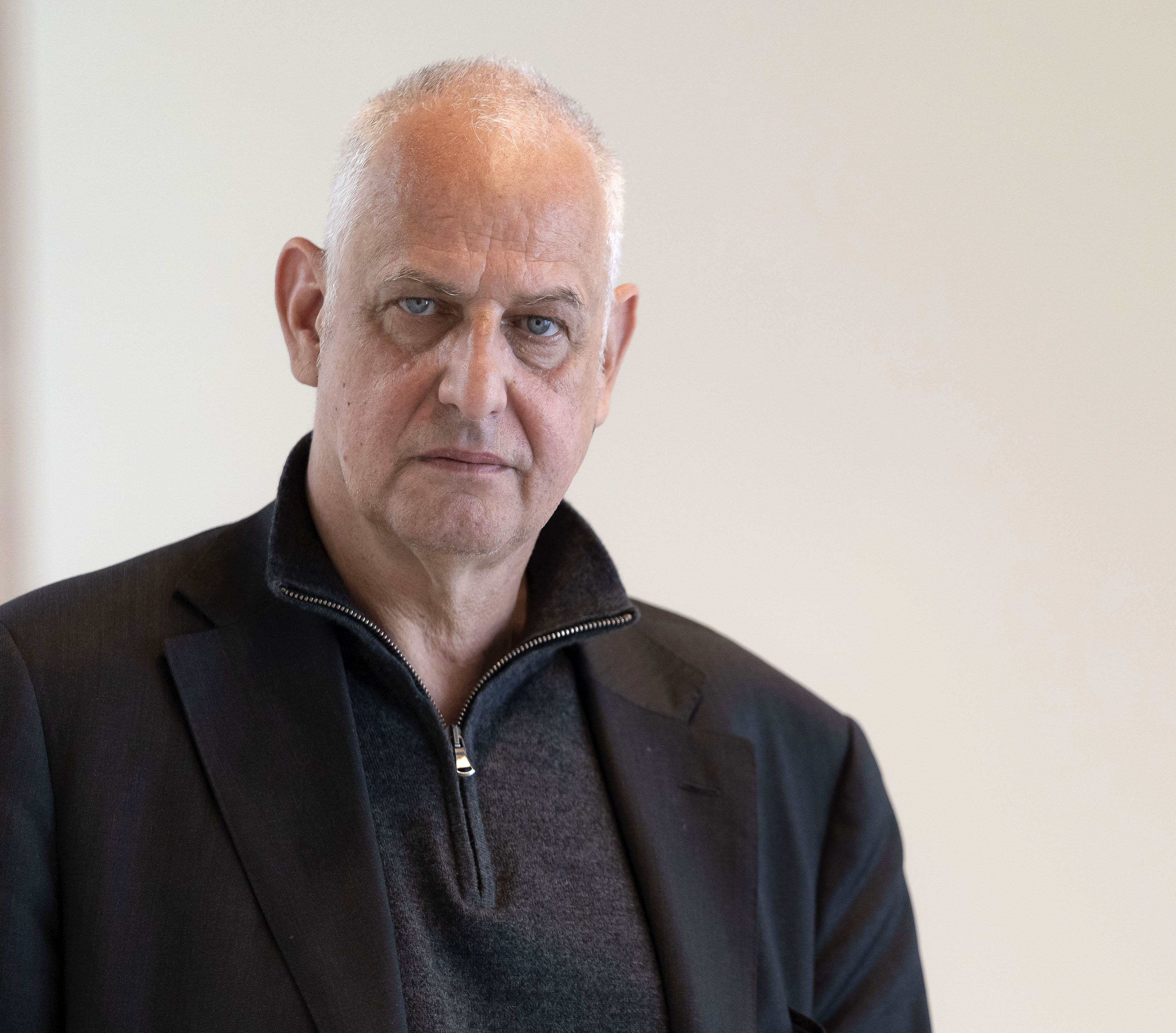Free, on reservation
Conceived as a homage to the famous lectures “Artists on Artists” of the Dia Art Foundation, this cycle of encounters invites an artist to share their point of view and perceptions of the work of another artist exhibited at the Bourse de Commerce — Pinault Collection. For this inaugural edition, Luc Tuymans, the Belgian painter, has been invited to comment on the work of Kerry James Marshall.
Luc Tuymans
Born in 1958 in Mortsel, Belgium, Luc Tuymans lives and works in Antwerp. One of the most influential artists on the international scene, he has devoted himself to figurative painting since the mid-1980s and, throughout his career, has contributed to the rebirth of this medium in contemporary art. His works deal with questions linked to the past and more recent history, but also approach everyday subjects through a repertory of images taken from both the personal and public spheres –the press, television, the internet. The artist talks of an imaginary transformed by the world of the media and thus uses images found on the web, or photographs taken on his smartphone, which he prints then re-photographs. His never-excessive palette is made up of grey or pastel tones, melting into a singular light; a disturbing strangeness is given off, capable of triggering– in his own words– an “authentic falsification” of reality. Luc Tuymans’s pieces thus confront both history and news stories: the artist deals with such themes as the Great American Dream, the horror of Nazism, or post‑colonialism… His work appeared in an original retrospective at the Palazzo Grassi, Venice, in 2019, titled “La Pelle”.
Kerry James Marshall
Kerry James Marshall (born in 1955, works in Chicago) inserts black figures into the archetypes of art history from which they have been excluded. His series Supermodel is set in pop culture and the universe of music with a citation from the album of the same name, released in 1992, by the cult drag‑queen RuPaul. Marshall revisits the icons of the history of western classical painting. With Untitled (2012), for example, he delivers a variation on the reclining figures of the Renaissance: through the entire composition, a nude man, wearing socks, lying on a fur bedcover, while holding the Panafrican flag over his genitals, lit up by the icy whiteness of the bedsheets, comes over as a new Olympia, rubbing up alongside Édouard Manet’s famous picture. Taking literally the application of a sole adjective with plural meanings, he accentuates and magnifies these dark skins using pigments such as iron oxide. As the inventor of his own canon, he unites the tradition of western historical painting with that of African painting, present both in his facture and palette. Professor Kerry James Marshall’s works have entered the collections of important institutions, and he has opened the way for such committed painters as Lynette Yiadom‑Boakye.
